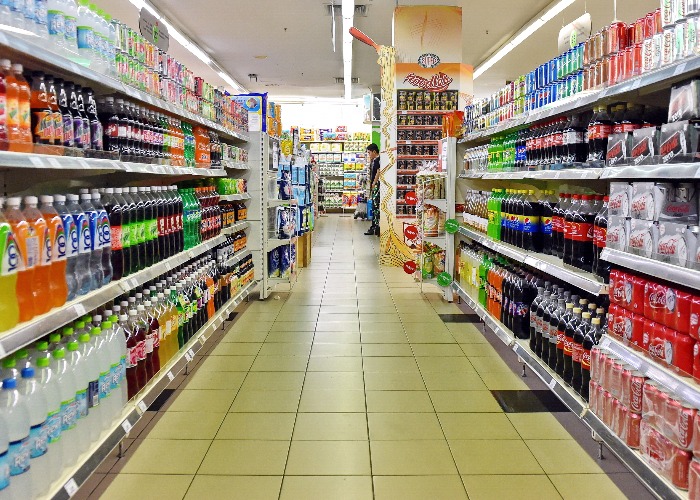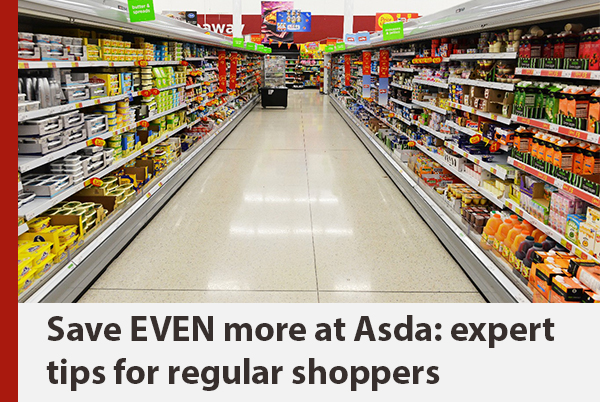Cost of living crisis: branded food prices jump by up to 130%

New study shows that certain items have seen extraordinary price increases over the last year, raising pressure on supermarkets to offer more budget-friendly options.
It’s no secret that branded items tend to cost more. Yet a new study from Which? has pinpointed the branded food items which have seen price hikes over the last year that are nothing short of incredible.
Which? noted that on the whole branded products have seen a lower rate of inflation over the last year at supermarkets than other types of goods.
Branded products have grown in price by 12.2%, compared with the 14.6% rise seen on own-brand standard ranges and the whopping 24.3% hikes on budget ranges.
However, this headline rate covers up some of the more excessive individual examples of price hikes, with certain items more than doubling in price over the last 12 months.
Snack foods were a good example here, according to Which?, such as Mr Kipling Chocolate Slices.
A six pack cost £1.16 on average in 2022, yet had hit £2.66 in July at Tesco.
That’s a price rise of a huge 129%. A different Mr Kipling range of cake slices at Sainsbury’s has jumped by 99% over the same time period, from £1.38 to £2.75.
It’s not just treats which have seen jaw-dropping price rises though. Which? pinpointed branded yoghurt at Asda, with the example of both Lancashire Farm Natural Yoghurt and Fat Free Natural Yoghurt rising from £1 to £1.80.
And at Morrisons, two separate Pilgrims Choice cheese products rose from £1.20 to £2.11, a growth of 76% in just a year.
Offering an alternative
Food has been one of the areas of household spending that has seen the most staggering growth in recent months.
There have been all sorts of factors which have caused the cost of food production to increase, and those added costs are being passed on to us, the shoppers.
Which? argues that this is being made worse, however, by supermarkets failing to stock enough budget items.
This is particularly true in convenience outlets operated by the big name supermarkets, where all too often shoppers only have a small range from which to choose, and that rarely includes the most budget-friendly options.
After all, even though budget items have seen the largest hikes according to Which’s research, they remain substantially cheaper than the premium branded deals.
Moving from branded goods to own brand is a smart way to reduce the cost of your shopping, but it’s only an option if the supermarket actually stocks sufficient budget items to meet demand.
And that doesn’t seem to be happening.
While the supermarkets cannot be blamed entirely for the food price inflation we are suffering from, they can certainly do more to ease the pain by providing more budget options.
What next for food prices?
The rate of food price inflation is slowing. A couple of months ago annual food price inflation was above 19%, representing the highest rate seen since the mid-1970s, but that has dropped off of late.
According to the Office for National Statistics (ONS), in the year to July 2023 it had fallen to 14.9%, a welcome reversal.
The trouble is twofold though. While that’s a lot better than it was, it’s still incredibly high.
And even if inflation is dropping, that doesn’t mean that food is getting cheaper ‒ it simply means the rate at which it’s increasing is slowing.
Given the fact most of us aren’t enjoying a 15% rise in our salaries, it means we are having to work harder yet again just to get the sums to add up and bring in sufficient food.
Perhaps it’s no surprise that ONS data shows that more than half of us are buying less food as a result of these price hikes.
What are my options?
There are all sorts of different tactics that can be employed when it comes to trying to keep food costs low.
These can range from the administrative, such as working out a meal plan for the week or sticking to a shopping list, to the more tactical, such as making use of loyalty cards or planning around items available on discount deals.
However a simple step, and one that’s been used by plenty of shoppers, is simply to switch your chosen supermarket.
Moving to a more budget-friendly store can pay dividends when it comes to reducing the size of your outlay, and the data shows that many of us are doing just that at the moment.
Kantar World Panel tracks the market share of the supermarkets in the UK. It found that since Christmas most of the big names have seen their share drop.
Tesco for example has seen its share slide from 27.5% to 27%, Sainsbury’s has declined to 14.8% from 15.5%, and Asda has dropped from 14% to 13.7%.
Morrisons too has fallen from 9.1% to 8.7%.
There are some big winners from this supermarket shift, though, namely those who shoppers believe will be a bit kinder on stretched budgets.
Aldi has been the big winner, with market share rising from 9.1% to 10.2%, Lidl has moved from 7.2% to 7.7%, while Coop has grown from 5.6% to 6.1%.
It’s no great shock that Aldi and Lidl are frequently picked out by Which? as being the cheapest supermarkets.
Given so many of us are looking to cut our supermarket spend, it’s no wonder that these names have seen such a sharp jump in shopper numbers.
Most Recent
Comments
Be the first to comment
Do you want to comment on this article? You need to be signed in for this feature









